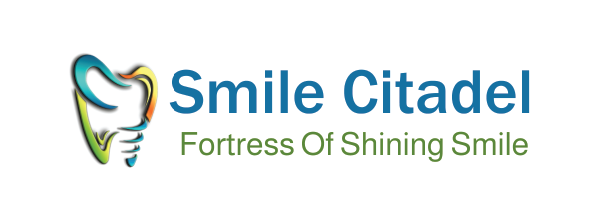Dental injuries can happen unexpectedly and cause pain and discomfort. It’s important to be able to identify the different types of dental trauma and their symptoms, as well as know how to provide first aid treatments. This blog will help you understand what injured teeth mean and how to respond appropriately.
Types of Dental Trauma:
Tooth Fractures: This happens when a part of the tooth fractures due to impact or injury. Fractures can vary from minor chips to major breaks that expose the tooth’s inner layers.
Tooth Displacement: Tooth displacement occurs when a tooth is moved from its regular position. This can occur either partially (subluxation) or fully (luxation) in a way that disrupts smiles and makes the place and function of the tooth unstable. Symptoms can be neuralgia (sharp, intense pain) and trismus (difficulty closing the mouth properly), followed by swelling, which is usually quite significant.
Avulsed Tooth: In layman’s terms, an avulsion means that the tooth is totally knocked out from the socket that is compressed because of injury. After all, the tooth must be extracted immediately to prevent any irreversible loss. Symptoms involve bleeding, pain, and extensive tissue damage around the tooth and on the visible tooth structure.
Symptoms of Dental Trauma:
- A tooth or an area around it is painful or uncomfortable.
- The gums or face may swell or bruise.
- Teeth or mouth bleeding.
- Biting or chewing is difficult.
- Pressure, heat, or cold sensitivity.
Treatment for Dental Trauma:
Immediate First Aid: To take care of an injured mouth, rinse it with warm water and gently remove any visible debris in the affected area. If a tooth gets knocked out, hold it by the crown (top part) and try to reinsert it back into the socket. If it’s impossible, store the tooth in milk or saliva until you can see a dentist.
Visit a Dentist: It is crucial to seek immediate dental attention for severe injuries. A dentist will examine the extent of the trauma and suggest suitable treatment options, which may include:
- Fractured teeth can be filled or bonded.
- Displaced teeth can be repositioned or splinted.
- Replace or re-implant avulsed teeth.
Pain Management: Over-the-counter pain relievers can be helpful in reducing discomfort while waiting for a dentist appointment. It’s important not to apply aspirin directly to the injured tooth or gums, as this can cause further irritation and discomfort in the mouth.
Follow-up Care: Your dentist will determine the number of follow-up appointments required based on the severity of your dental injury and the progress of your healing rate. They may also make changes to your treatment plan during the monitoring process.
It is important to treat dental injuries promptly and effectively to prevent further damage and maintain good oral health. By identifying the type of dental injury and its accompanying symptoms, providing appropriate first aid, and scheduling a visit to the dentist, you can consistently manage dental injuries and achieve positive dental health outcomes.

